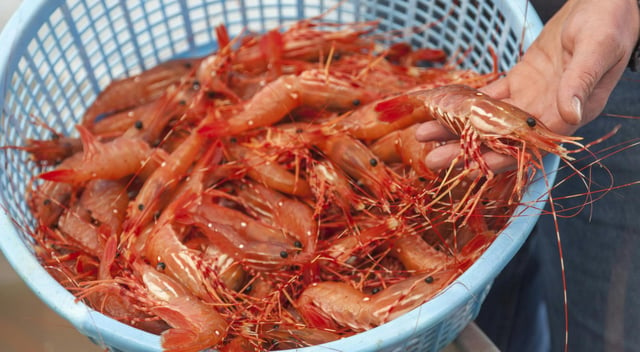Overview
- President Donald Trump’s tariffs on shrimp imports officially went into effect on April 5, 2025, with a 10% baseline levy and higher reciprocal tariffs for certain countries.
- The tariffs are designed to address trade imbalances and provide critical support to the U.S. shrimp industry, which has seen its revenue drop from $522 million in 2021 to $269 million in 2023.
- Domestic shrimp harvesters, including organizations like the Southern Shrimp Alliance, have praised the move as a lifeline to rebuild the industry and preserve American jobs.
- Critics of foreign shrimp production highlight unethical practices such as forced labor, environmental harm, and the use of illegal hormones, emphasizing the need for sustainable domestic alternatives.
- While the tariffs are expected to slow imports and reduce dependence on foreign producers, challenges remain, including insufficient infrastructure to meet domestic demand and the need for long-term investment.

